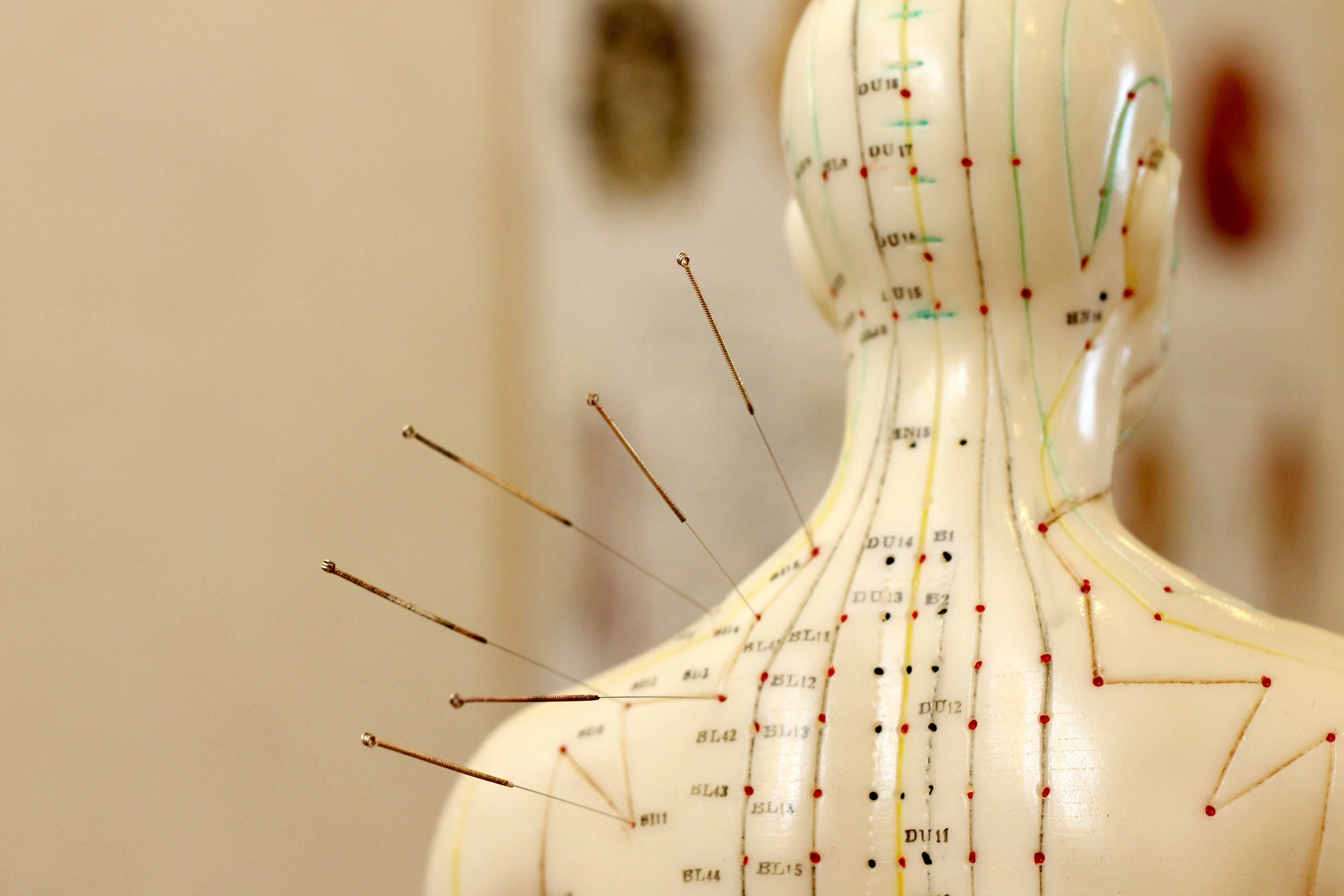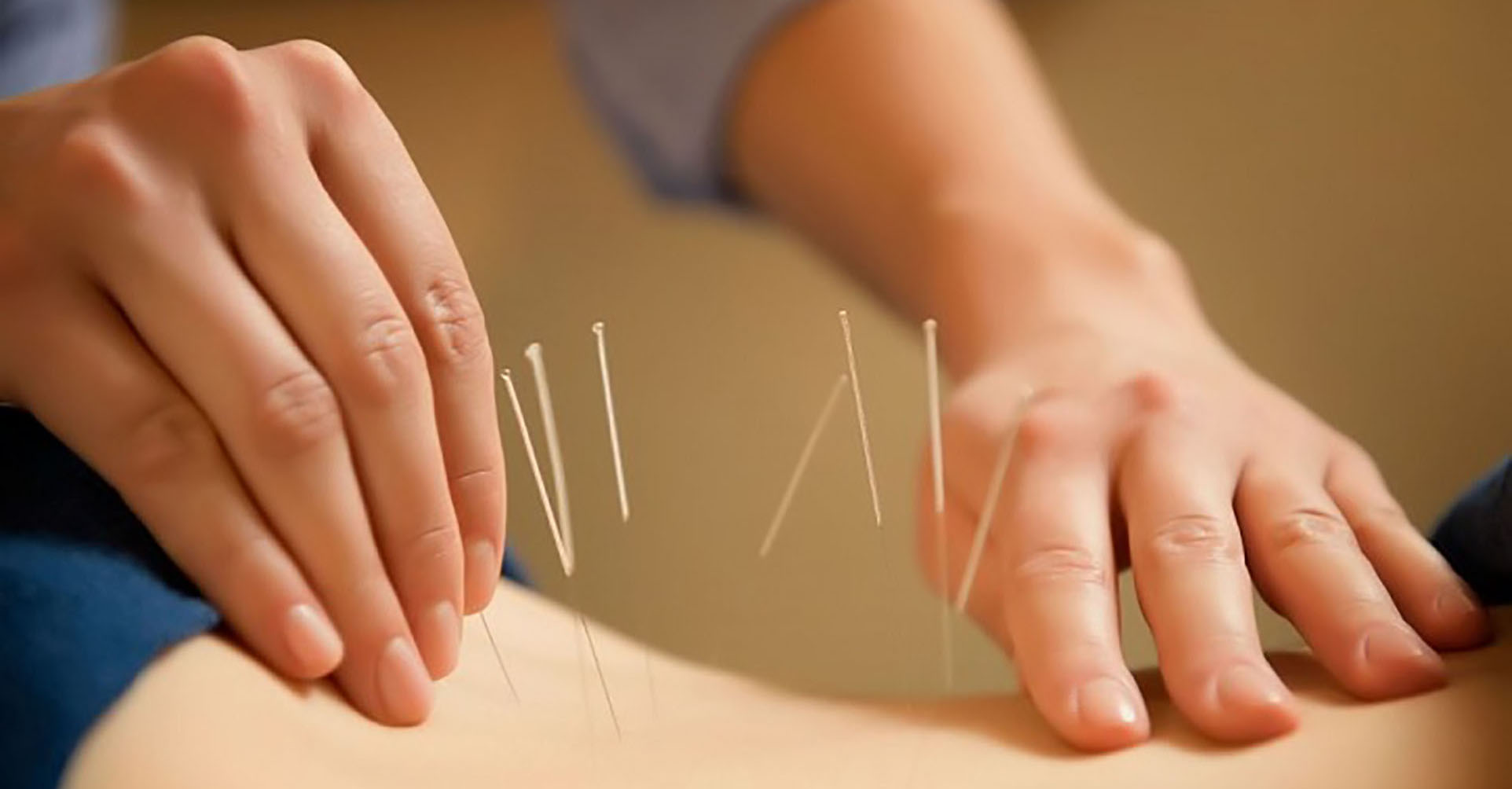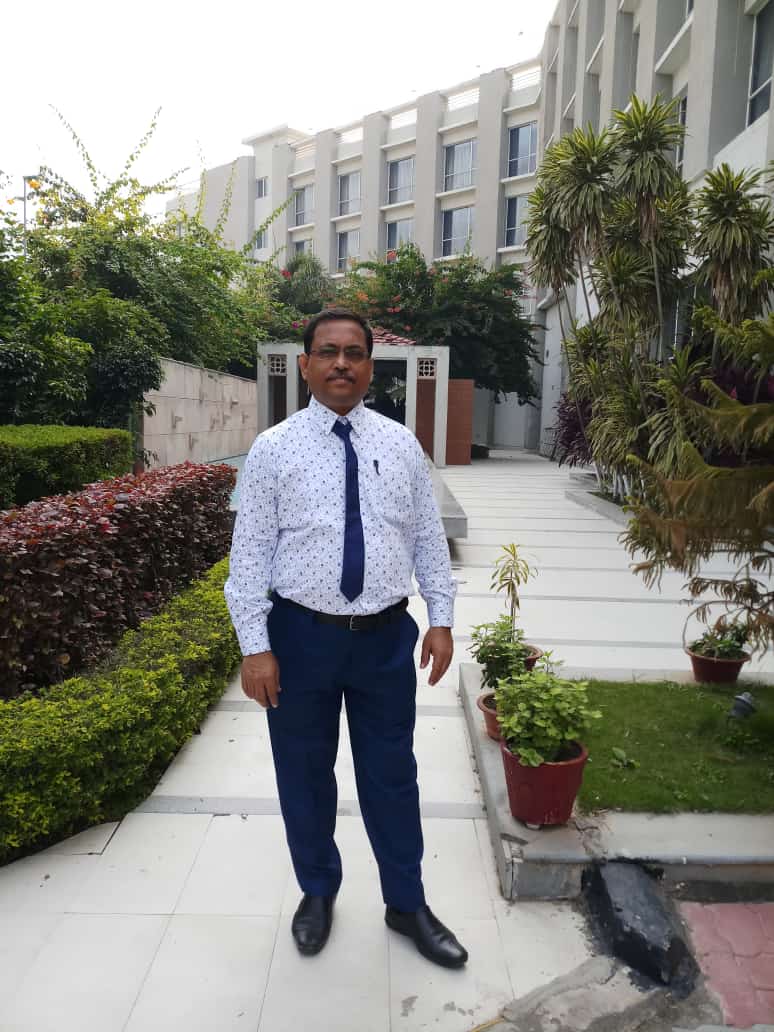Our Services
Acupuncture
We treat
Pain, Low back, Headaches and migraines, Osteoarthritis, Extremity conditions
Nausea and vomiting and post-operative pain, Allergies, Cancer-related conditions, Fertility and childbirth
Rheumatological conditions, Stroke
Doctors
- DR. TAPAS DAS
Ph.D, Sports and Allied Science , BPT,D.Acu, PG FLM (Apollo Hospital), Felowship in Cardiac Rahabilitation. PT, Acupuncture & Yoga Naturopathy Physician (Govt. Of WB) - Dr. Bhaskar Jyoti Bhattacharya
M.B.B.S. Certificate in Acupuncture, Ex Director Dr. B.K.Basu Memorial and Research Centre, Govt. of West Bengal
Recognised
Acupuncture therapy is recognised by Govt. of West Bengal as well as Govt. of India and gaining popularity all over the world.
What is Acupuncture?
Acupuncture treatment involves the insertion of very thin needles through your skin at strategic points on your body to stimulate nerves, muscles and connective tissue and this stimulation causes some biochemical and neurohumoral changes which boosts your body’s natural painkillers and another important chemicals which helps to reduce pain, stress, inflammation and improve immunity and overall health and wellbeing.
Why it’s done?
Acupuncture is used mainly to relieve discomfort associated with a variety of diseases and conditions, including:
- Chemotherapy-induced and postoperative nausea and vomiting
- Dental pain
- Headaches, including tension headaches and migraines
- Labor pain
- Low back pain
- Neck pain
- Osteoarthritis
- Menstrual cramps
- Respiratory disorders, such as allergic rhinitis
What are the risks?
The risks of acupuncture are low if you have a competent, certified acupuncture practitioner using sterile needles. Common side effects include soreness and minor bleeding or bruising where the needles were inserted. Single-use, disposable needles are now the practice standard, so the risk of infection is minimal. Not everyone is a good candidate for acupuncture. You may be at risk of complications if you-
Have a bleeding disorder
Your chances of bleeding or bruising from the needles increase if you have a bleeding disorder or if you’re taking blood thinners.
Have a pacemaker
Acupuncture that involves applying mild electrical pulses to the needles can interfere with a pacemaker’s operation.
Are pregnant
Some types of acupuncture are thought to stimulate labor, which could result in a premature delivery.

What you can expect?
During an acupuncture treatment, your acupuncturist inserts very thin needles into specific spots on your body. Insertion of the needles usually causes no or little discomfort. Each person who performs acupuncture has a unique style, often blending aspects of Eastern and Western approaches to medicine. To determine the type of acupuncture treatment that will help you the most, your practitioner may ask you about your symptoms, behaviors and lifestyle. He or she may also closely examine:
- The parts of your body that are painful
- The shape, coating and color of your tongue
- The color of your face
- The strength, rhythm and quality of the pulse in your wrist
This initial treatment time usually take 20 to 30 minutes. The number of treatments will depend on the condition being treated and its severity. In general, it’s common to receive ten to fifteen treatments.
During the procedure
Acupuncture points are situated in all areas of the body. Sometimes the appropriate points are far removed from the area of your pain. Your acupuncture practitioner will tell you the general site of the planned treatment and whether you need to remove any clothing. A gown, towel or sheet will be provided. You lie on a padded table for the treatment, which involves:
- Needle insertion. Acupuncture needles are inserted to various depths at strategic points on your body. The needles are very thin, so insertion usually causes little discomfort. People often don’t feel them inserted at all. Between five to ten needles are used in a typical treatment. You may feel a mild aching sensation when a needle reaches the correct depth.
- Needle manipulation. Your practitioner may gently move or twirl the needles after placement or apply heat or mild electrical pulses to the needles.
- Needle removal. In most cases, the needles remain in place for 10 to 20 minutes while you lie still and relax. There is usually no discomfort when the needles are removed.
After the procedure
Some people feel relaxed and others feel energized after an acupuncture treatment. But not everyone responds to acupuncture. If your symptoms don’t begin to improve within a few weeks, acupuncture may not be right for you.
Disease can be treated with Acupuncture: (WHO and British Acupuncture Council Guideline)
A
Acne
Allergic rhinitis
Anxiety
Arrhythmias and
Heart Failure
Asthma
B
Back pain
Bell’s palsy
C
Cancer care
Carpal tunnel syndrome
Childbirth
Chronic fatigue syndrome
Chronic pain
Colds and flu
COPD
Coronary heart disease
Cystitis
D
Dementia
Dentistry
Depression
Dysmenorrhoea
E
Eczema and Psoriasis
Endometriosis
F
Facial pain
Female fertility
Female fertility & IVF briefing paper
Fibromyalgia
Frozen shoulder
G
Gastrointestinal tract disorders
Gout
H
Headache
Herpes
HIV infection
Hypertension
I
Infertility ART
Insomnia
Irritable bowel syndrome (IBS)
K
Kidney stones
M
Male infertility
Menopausal symptoms
Migraines
Multiple sclerosis
N
Nausea and vomiting
Neck pain
Neuropathic pain
O
Obesity
Obstetrics
Osteoarthritis
P
Palliative care
Parkinson’s disease
PCOS
Post-operative pain
Post-traumatic stress disorder
Premenstrual syndrome
Puerperium
R
Raynaud’s
Research digest
Rheumatoid arthritis
S
Sciatica
Sinusitis
Sports Injuries
Stress
Stroke
Substance misuse
T
Tennis elbow
Thyroid disease
Tinnitus
Type-2 Diabetes
U
Urinary incontinence
V
Vertigo
Needling Techniques
Insertion
The skin is sterilized and needles are inserted, frequently with a plastic guide tube. Needles may be manipulated in various ways, including spinning, flicking, or moving up and down relative to the skin. Since most pain is felt in the superficial layers of the skin, a quick insertion of the needle is recommended. Often the needles are stimulated by hand in order to cause a dull, localized, aching sensation that is called de qi, as well as “needle grasp,” a tugging feeling felt by the acupuncturist and generated by a mechanical interaction between the needle and skin. Acupuncture can be painful. The skill level of the acupuncturist may influence how painful the needle insertion is, and a sufficiently skilled practitioner may be able to insert the needles without causing any pain.
De-qi sensation
De-qi (Chinese: 得气; pinyin: dé qì; “arrival of qi”) refers to a sensation of numbness, distension, or electrical tingling at the needling site which might radiate along the corresponding meridian. If de-qi can not be generated, then inaccurate location of the acupoint, improper depth of needle insertion, inadequate manual manipulation, or a very weak constitution of the patient can be considered, all of which are thought to decrease the likelihood of successful treatment. If the de-qi sensation does not immediately occur upon needle insertion, various manual manipulation techniques can be applied to promote it (such as “plucking”, “shaking” or “trembling”).
Once de-qi is achieved, further techniques might be utilized which aim to “influence” the de-qi; for example, by certain manipulation the de-qi sensation allegedly can be conducted from the needling site towards more distant sites of the body. Other techniques aim at “tonifying” (Chinese: 补; pinyin: bǔ) or “sedating” (Chinese: 泄; pinyin: xiè) qi. The former techniques are used in deficiency patterns, the latter in excess patterns. De qi is more important in Chinese acupuncture, while Western and Japanese patients may not consider it a necessary part of the treatment.

A Complete healthcare unit under one roof
Nirmala Arogya Kendra

A Simple, Affordable Approach to Health Care
"To keep the body in good health is a duty, otherwise we shall not be able to keep our mind strong and clear."~ Buddha, 563 BC to 483 BC
"Those who do not find time for exercise will have to find time for illness. "~ Edward Smith-Stanley, 1752-1834
"Without health, life is not life; it is only a state of languor and suffering." ~ Francois Rabelais, 1494 – 1553
